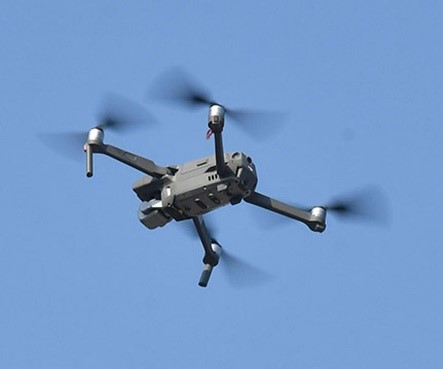Published on: June 9, 2022

DRONES MAY REPLACE WEATHER BALLOONS
DRONES MAY REPLACE WEATHER BALLOONS

Why in news?
India is set to deploy drones to gather atmospheric data that is currently collated by sending sensors through weather balloons released from at least 55 locations across the country twice every day.
Advantages of drones
- The drones have a key advantage over weather balloons as they can be controlled and guided to fly at low as well as high altitudes. The IMD plans to use drones to gather data from up to 5KM altitude and compare it with data gathered using the traditional weather balloons.
- Various studies have suggested that specialised drones equipped with sensors to gather weather data could be an efficient successor to the traditional weather balloons.
- It is expected that drones should be capable, economically feasible, easily deployable and recoverable and should be technically comparable or superior to currently deployed radiosondes for upper air observations up to the boundary layer of upper air atmosphere
- If successful, a key benefit would be reducing the wastage of radiosondes as the IMD loses more than 100 such instruments every day as weather balloons cannot be retrieved after their flight.
How a weather balloon works?
- The sensors embedded in a radiosonde, which is a telemetry instrument carried by a weather balloon, record atmospheric pressure, temperature, wind direction and speed as the hydrogen-filled weather balloon soars up to 12KM height and transmit data to the ground receiver through radio signals.
-
However, weather balloons and radiosondes are unretrievable as they drift afar from weather stations that release them in the atmosphere.

